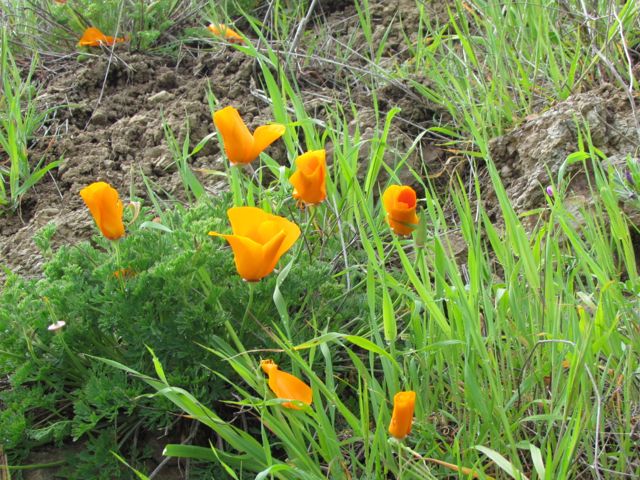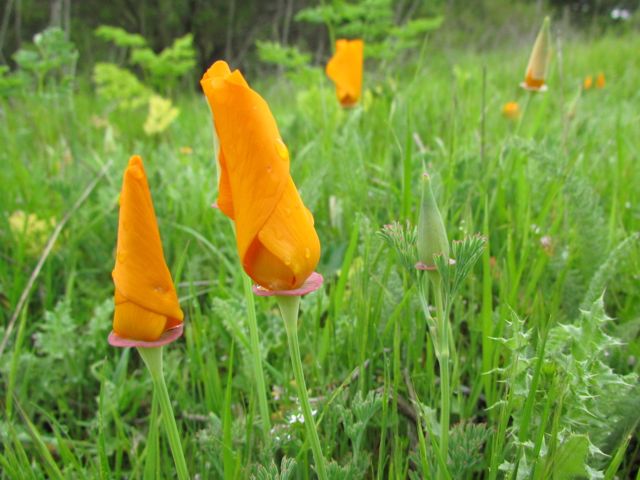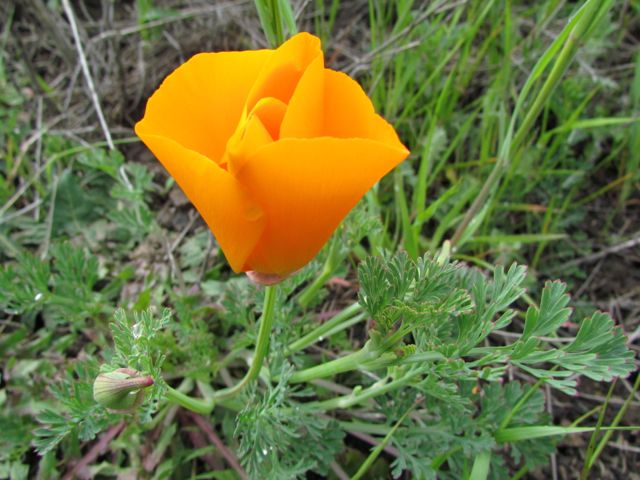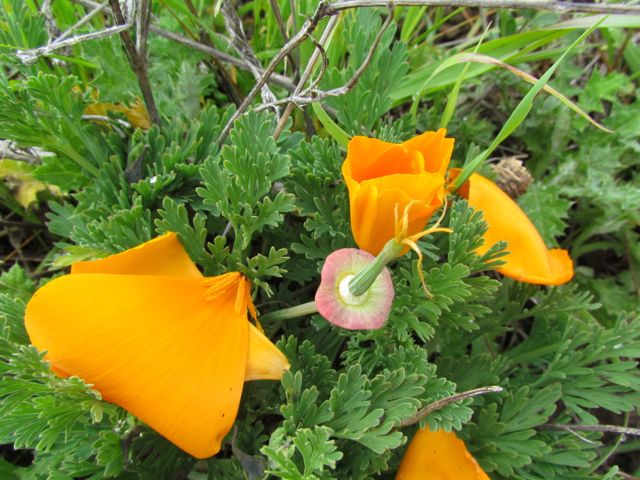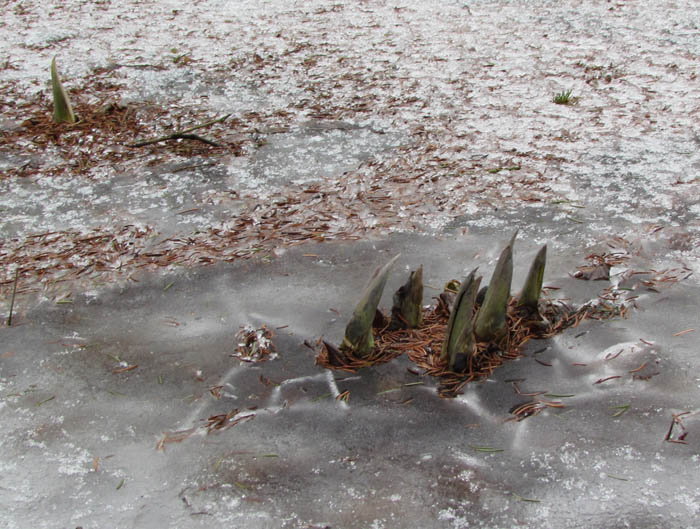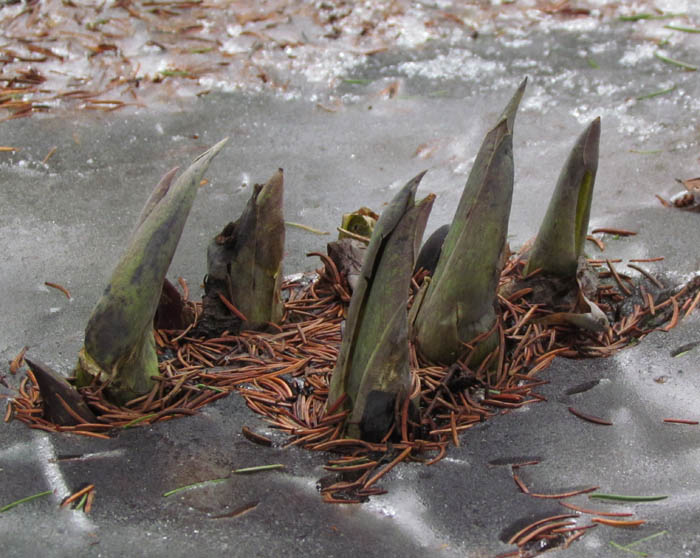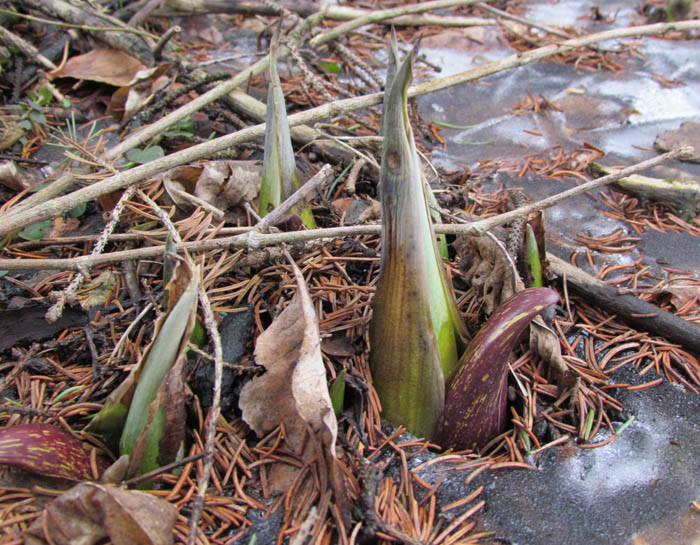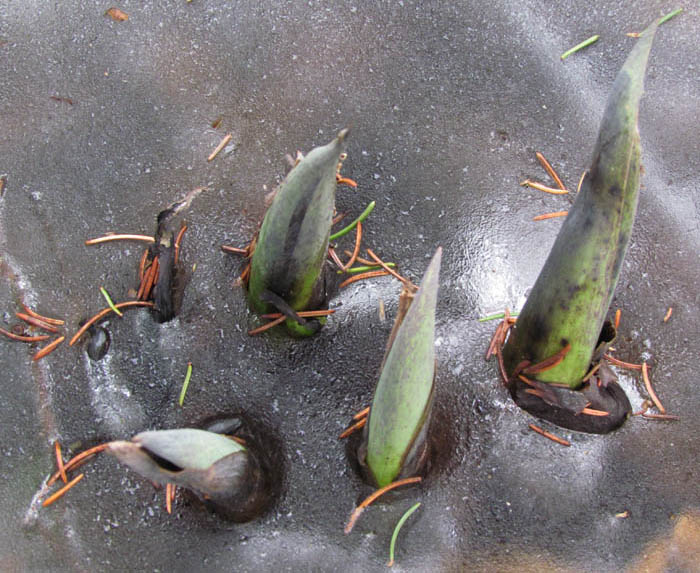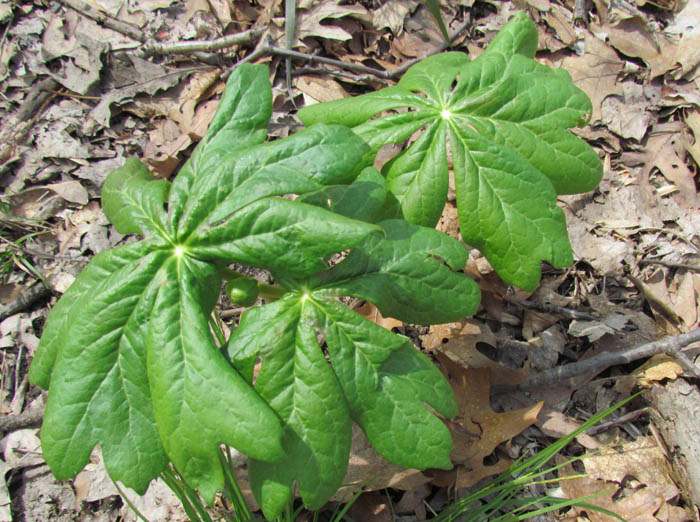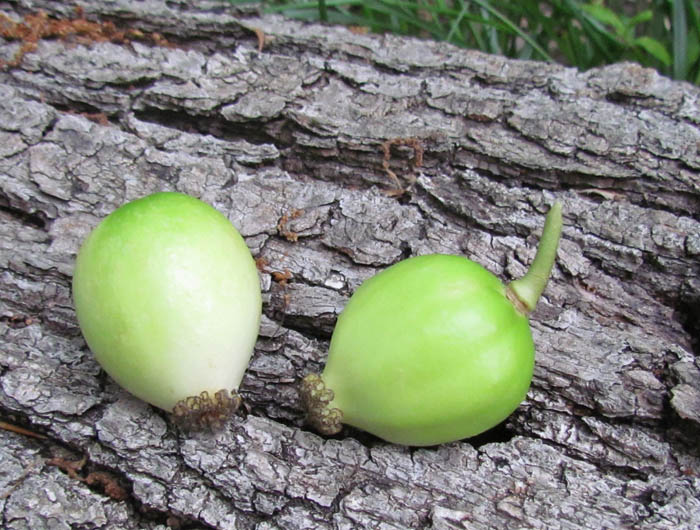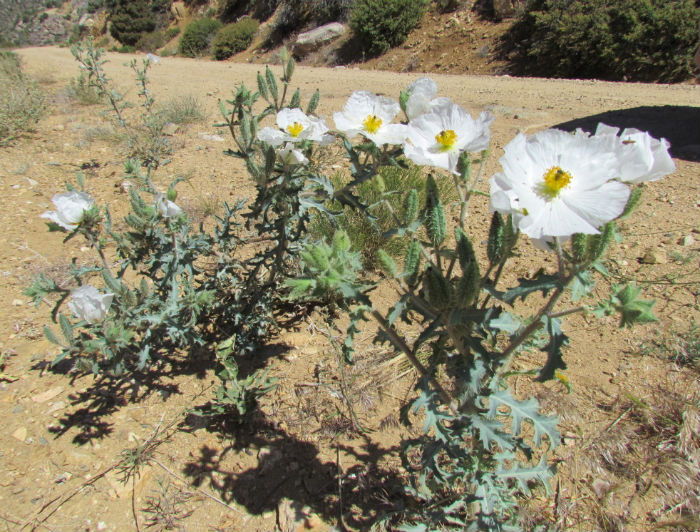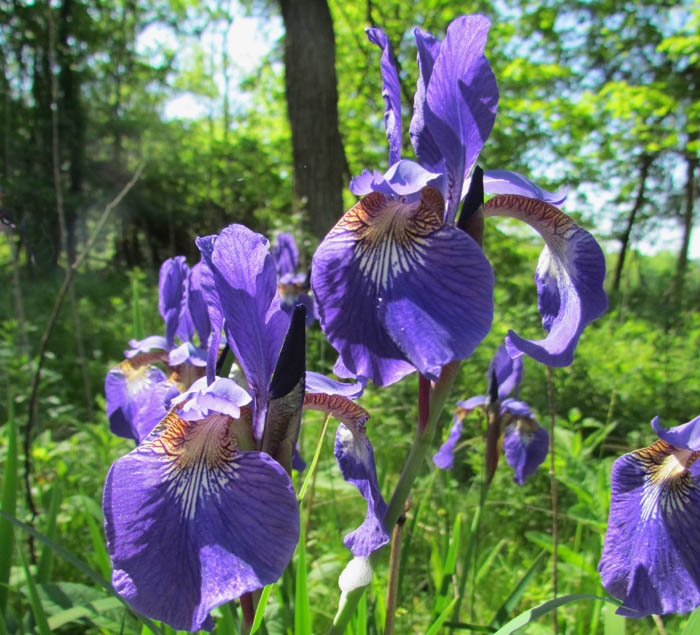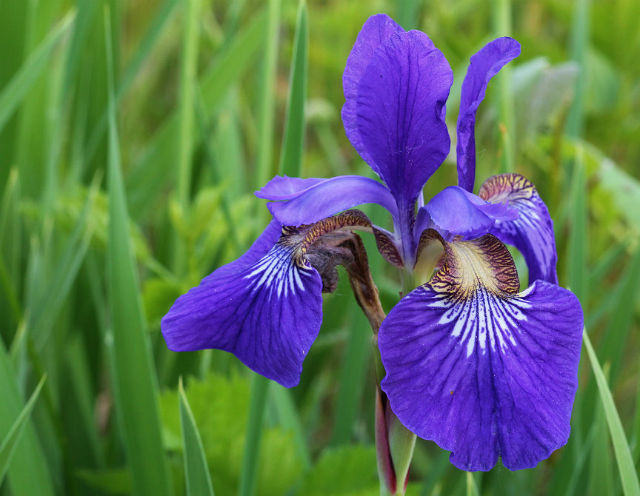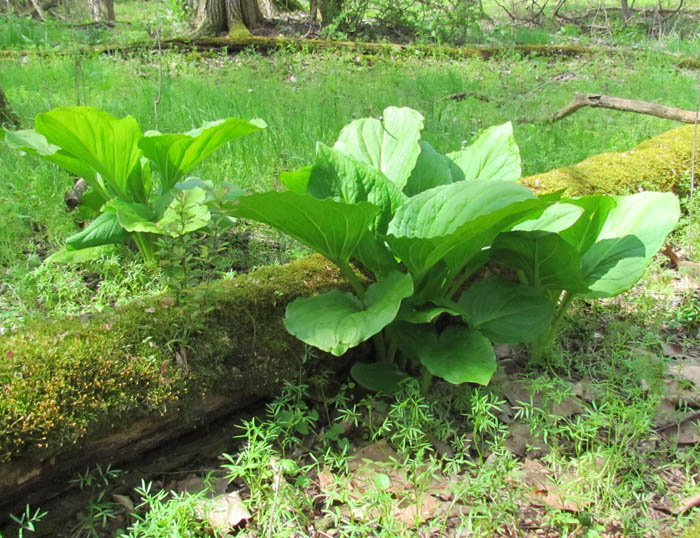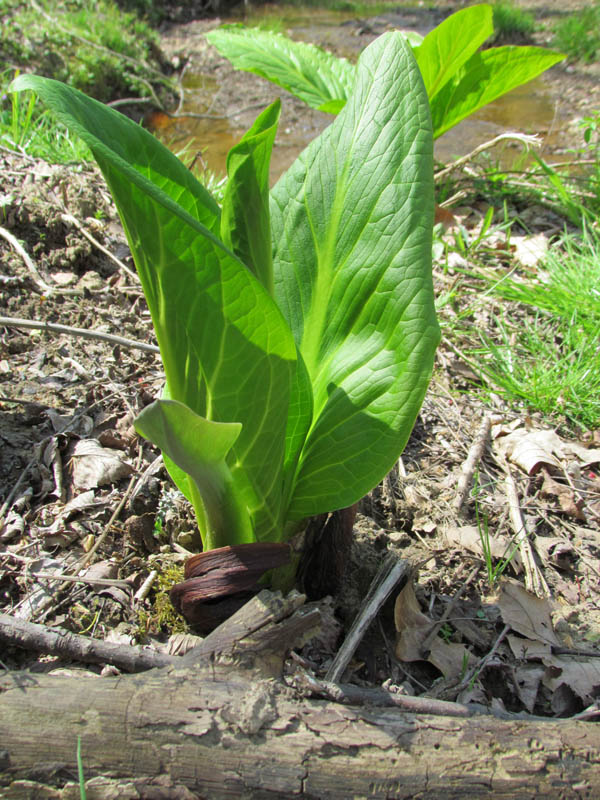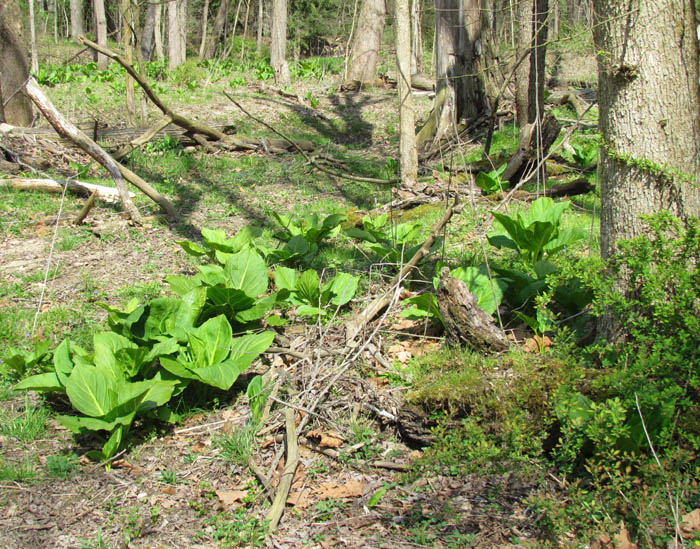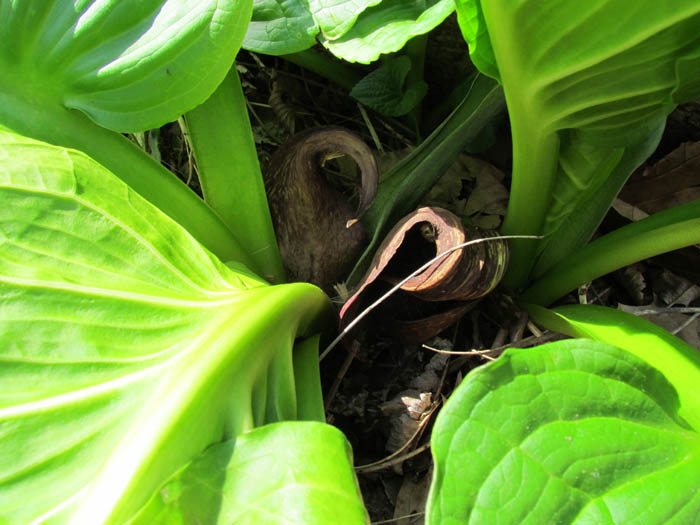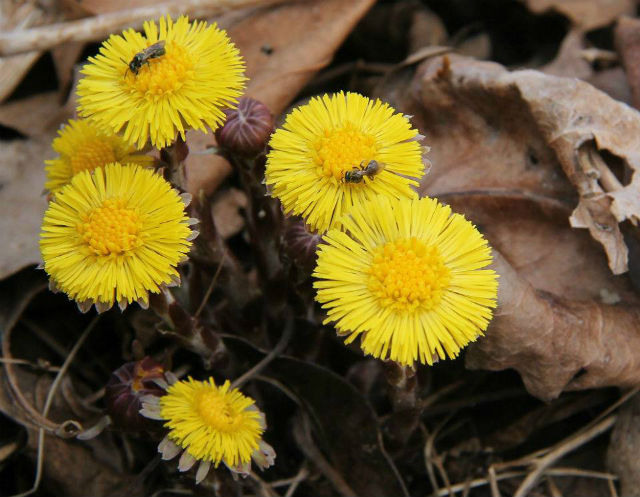As I travel through the northern part of the state, the hills are alive with the vibrant colors of wildflowers. The California Poppy was designated the state flower in 1903.
Early Spanish explorers called this flower copa de oro – meaning “cup of gold.” California Indians valued the poppy as a food source and for the oil extracted from the plant. The Golden State celebrates it by having California Poppy Day every April 6.
This is a small plant, with one flower per slender stem. A mature plant may be as short as two inches, yet the hardy seeds can spread far and wide and take root in sandy, difficult soil where other plants’ seeds may fail.
The California Poppy is the most well known flower in the state and even schoolchildren are taught to recognize it. The satiny 1-3 inch wide petals form a shallow cup-shaped flower that is vivid golden orange in color.
The flowers bloom on plants with have bluish-green parsley-shaped leaves, usually wider than they are tall. The flowers can be seen from February to September.
At the base of the flower is a distinctive expanded rim which looks like a circle. This allows for easy identification if this plant at times when it is not in bloom.

